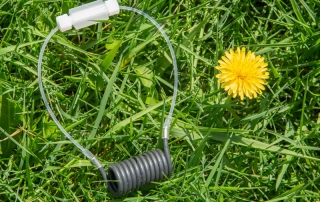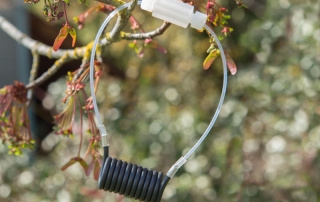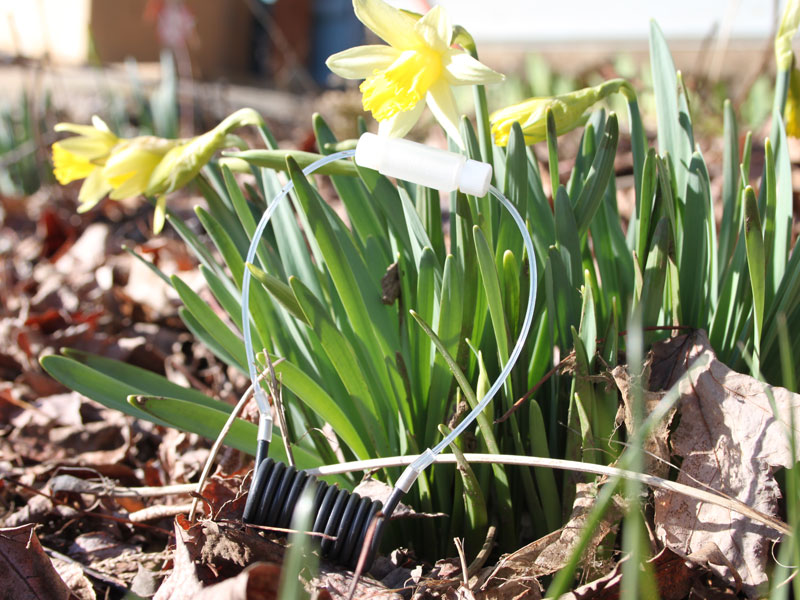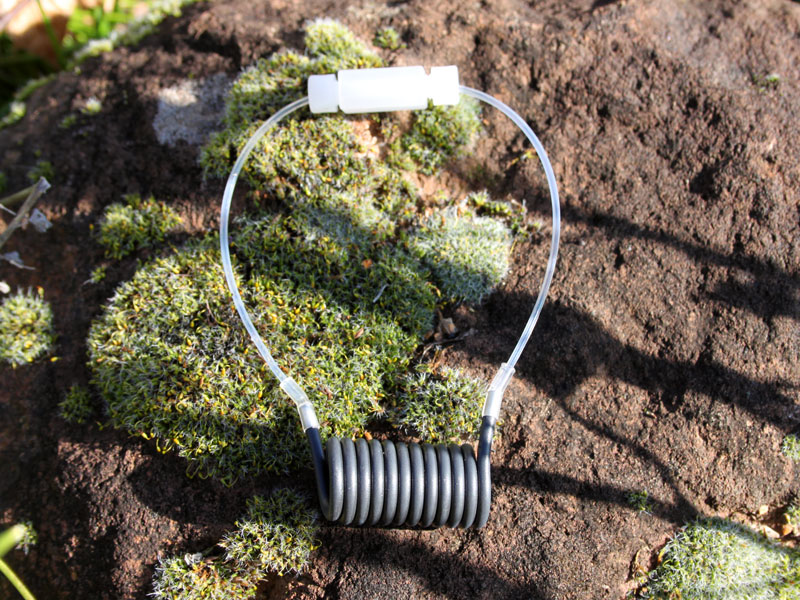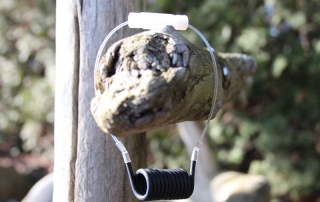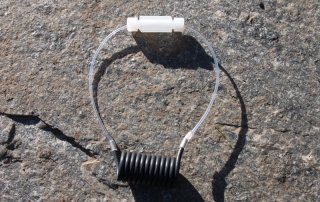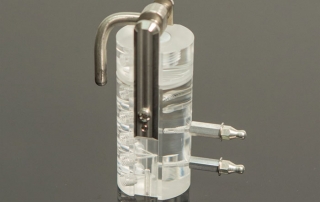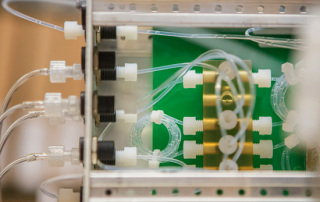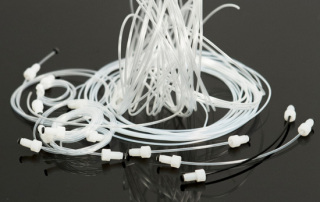Cadmium Coils and Surfactant Buildup
Old Surfactant Solution Causes Problems in Cadmium Reduction Coils In our earlier blog posts we have discussed many reasons for possible loss of cadmium coil reduction efficiency. Along with metal contamination, nitrate contamination and gas contamination, we have also seen old surfactant solution cause problems in cadmium reduction coils. Because of the unstable nature of [...]



